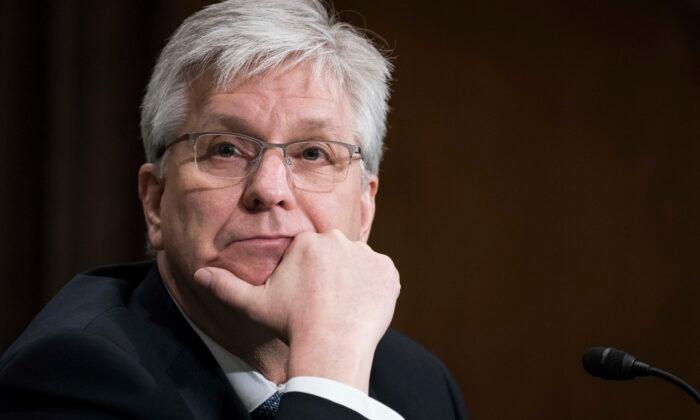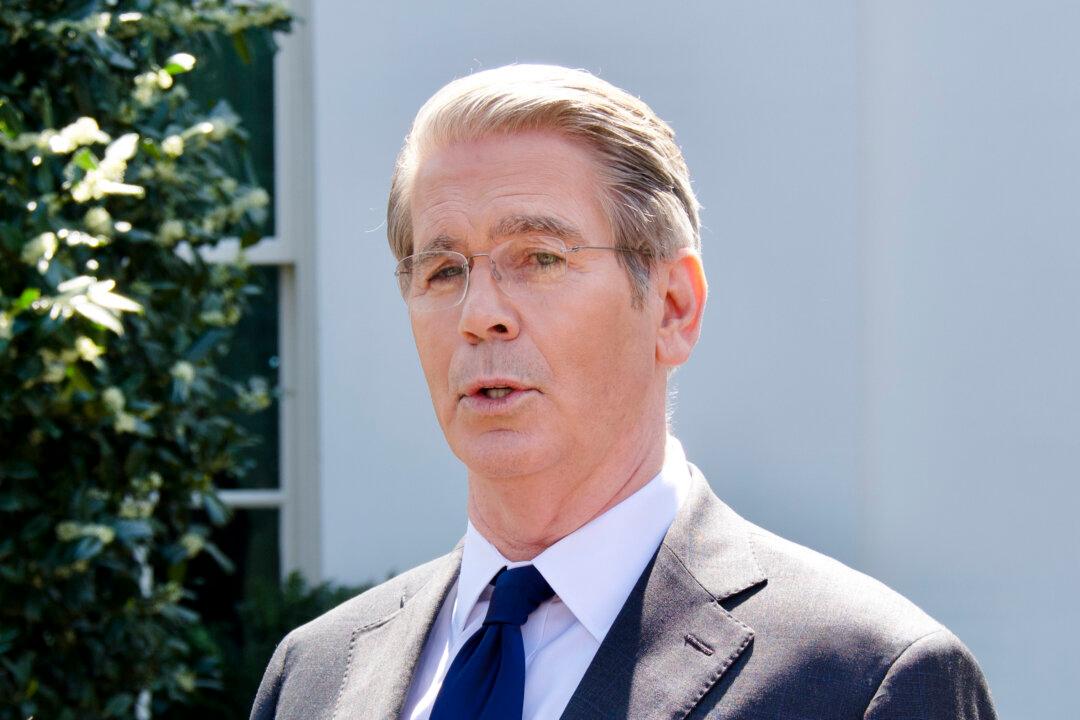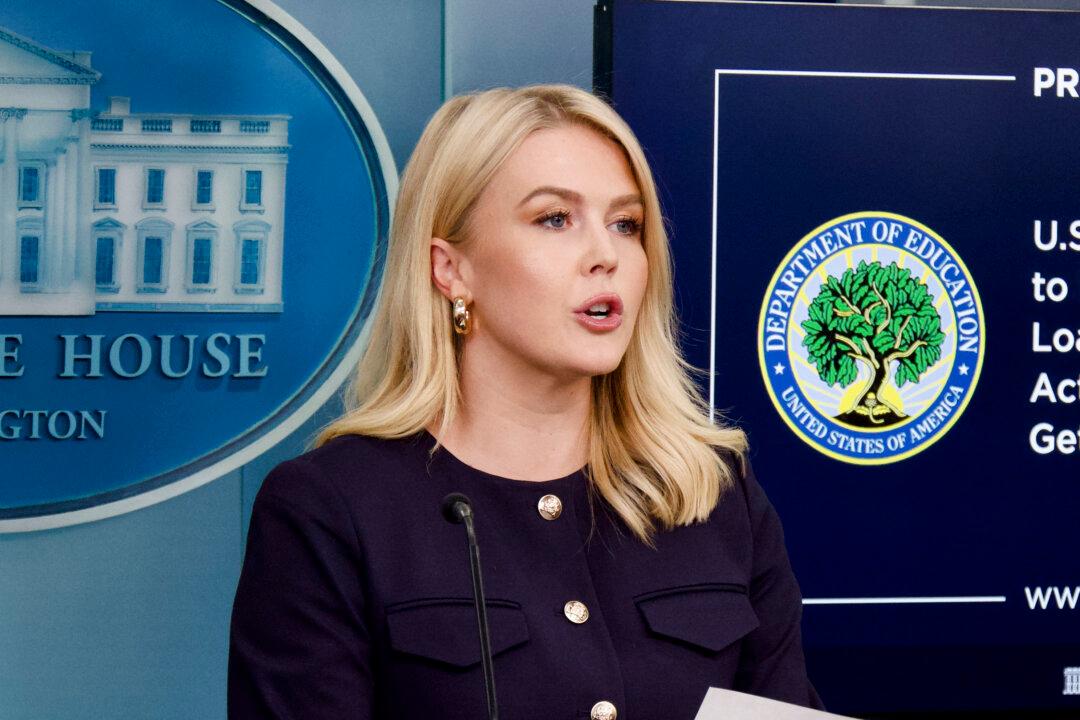The Federal Reserve might begin cutting interest rates next year if inflation continues to cool, according to one member of the U.S. central bank’s Board of Governors.
“It has nothing to do with trying to save the economy,” Mr. Waller said. “It is consistent with every policy rule. There is no reason to say we will keep it really high.”
At the same time, he offered a mixed assessment of current conditions.
On the one hand, the Fed governor asserted that inflation rates are trending the way he anticipated and that he’s confident the central bank’s rate increases since March 2022 have helped slow the economy and will get inflation back to the target rate.
In October, retail sales tumbled 0.1 percent, durable goods orders tumbled 5.4 percent, and the economy added a smaller-than-expected 150,000 jobs.
However, Mr. Waller also stated that “inflation is still too high” and that it’s premature to determine if the slowdown in price pressures “will be sustained.” He says he plans to pay close attention to the consumer price index (CPI) and several other data points in coming weeks, including the personal consumption expenditures figure, to determine the trends.
Last month, the annual inflation rate slowed to a better-than-expected 3.2 percent. The core CPI, which excludes the volatile energy and food components, eased to 4 percent.
Interest Rates
According to minutes from the November Federal Open Market Committee (FOMC) policy meeting, most participants continued to expect a reacceleration in inflation, citing potential “upside risks.” Officials also indicated that more rate boosts would be appropriate “if incoming data indicated that progress toward the Fed’s inflation objective was insufficient.”The FOMC voted to leave interest rates unchanged at a range of 5.25 percent to 5.5 percent.
Financial markets think the central bank is finished raising rates, with the futures arena penciling in a pause at next month’s meeting. Investors are starting to brace for rate cuts as early as June 2024.
Fed Gov. Michelle Bowman contended that there were too many uncertainties regarding inflation and the broader economy, proposing more rate increases.

Richmond Fed President Tom Barkin presented the case for rates being higher for longer, telling Fox Business earlier this month that he expects inflation to be “stubborn” heading into the new year.
San Francisco Fed President Mary Daly told a banking conference in Germany that officials need “the boldness to wait” before adjusting the institution’s interest-rate policy amid all of the uncertainty in the U.S. economy and geopolitical realm.
Americans Want Relief
Whether higher prices or rising borrowing costs, polling data show that the American people are pessimistic about the current economic landscape.In addition, 54 percent of Americans described their household’s financial situation as good, down from 63 percent in March 2022.







